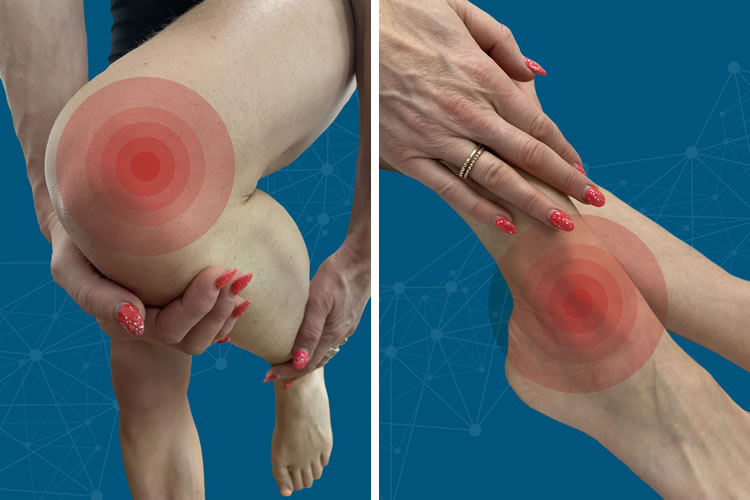As we commence the Obesity awareness week from the 13th January 2023, the need for a stabilised skeletal structure during movement, is of paramount importance to ensure ‘pain free’ movement.
While it is clear that the role of ‘over eating’ hinders the energy expenditure in an obese body type; the damaging effect of weight management and obesity during movement is less than clear.
CiONE has spent many years studying how “weight management” effects a patient’s ability to function and how their ‘posture’ debilitates dramatically, if ‘obesity’ or ‘weight gain’ is left unchecked.
The less mobile (Stiffer) patient struggling with weight gain has a ‘lower threshold’ of pain, and therefore feels joint ‘wear and tear’ more quickly and is then able to act on it sooner. While the more ‘hypermobile’ patient (looser) is able to ‘manage’ the weight gain and the ‘wear and tear’ of the joints; due to their ‘higher threshold’ of pain and not being aware of the damage being done to their body.
In all cases, the inflammation of the joints worsens the body’s ability to move – which in turn reduces the Lymphatic system from flushing toxins, which then creates more water retention causing ‘bloating’ and ‘Fibromyalgia’ symptoms, preventing the body from moving and therefore becoming more “sedentary”.
Mr Timothy King, a leading Consultant Biomechanist on Harley Street states;
“Sedentary behaviour patterns are defined as any ‘waking’ behaviour characterized by a lack of energy expenditure – encouraging sitting and a reclined posture during standing or moving”.
“We at CiONE stabilise the skeletal structure in an effort to ‘de-sensitise’ the inflammation and de-restrict the joints to free up the bodies movement – no matter what the weight”.
“If the body maintains ‘good posture’ while standing and walking, the metabolic rate improves and encourages the “flushing out” of toxins, helping the body to lose excessive weight gain”.

